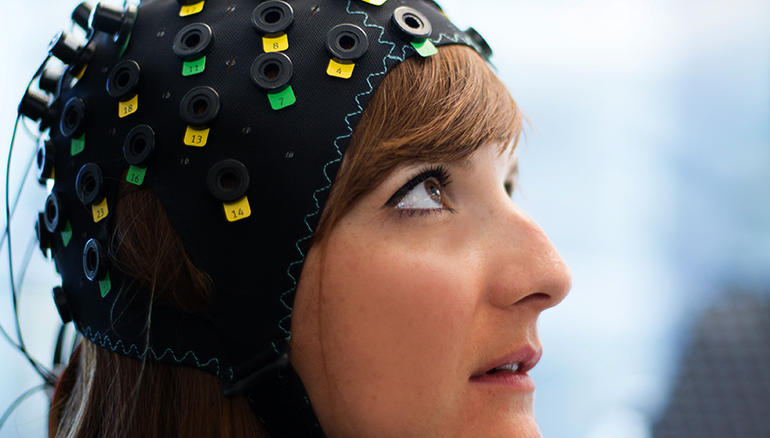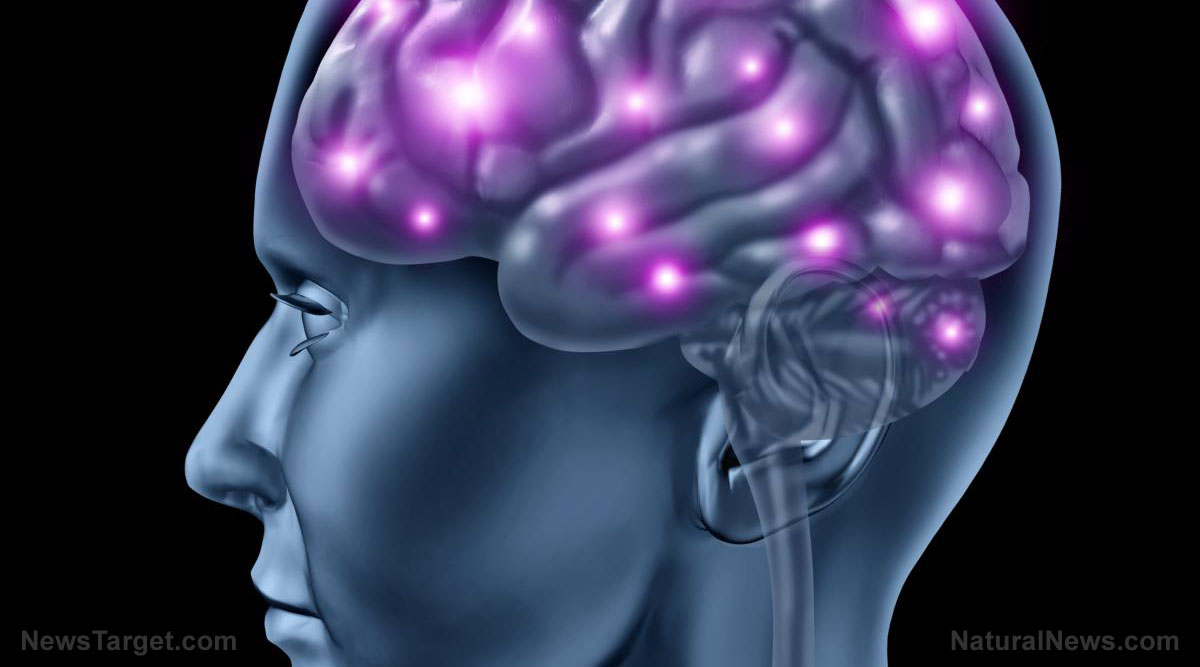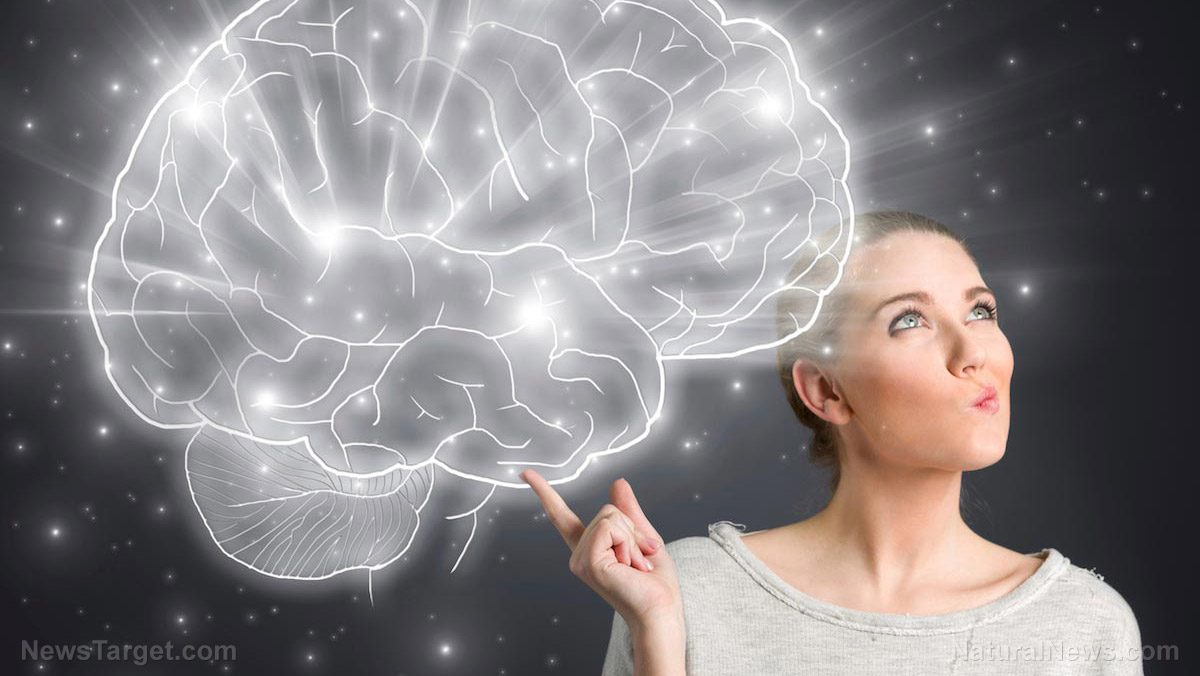Mind reading technology is now allowing people to communicate by thought alone
04/08/2017 / By D. Samuelson

An individual who is in a “locked in state,” reports ZDnet.com, is one who remains fully mentally active, but has lost the ability to move. The person experiencing this state is fully cognizant in their mind, but “trapped inside an unresponsive, paralyzed body.” There are varying degrees of this challenging diagnosis. As reported by ScienceDaily.com, some stroke patients who live with Locked-in Syndrome (LIS) may even lose the ability “to swallow or even breathe on their own.” However, with technological help, “a remarkable level of independence” has been achieved.
In 2013, ScienceDaily.com reported that with the use of “sophisticated computerized interfaces,” combined with neurological rehabilitation and a “strong will to live,” LIS patients with nearly complete paralysis had been able to learn to use a joystick or a wheelchair with ever so slight movements of their head. If a one to two degree of movement is manifested as a twitch of the eye, then these movements can correlate with letters or symbols, opening up a world of communication, as documented in the movie The Diving Bell and the Butterfly, a film based on a book written with that method by Jean-Dominique Bauby, a man whose own stroke precipitated LIS.
Today’s technological advances for LIS patients, however, far surpass those that aided Mr. Bauby just a few years ago. The Wyss Center for Bio and Neuroengineering, located in Geneva, Switzerland, has developed a “brain computer interface that can decipher the thoughts” of LIS patients. This world renown organization ran a trial of this interface on four individuals with amyotrophic lateral sclerosis (ALS), a disease that causes “complete destruction of the part of the nervous system known for movement.” In other words, there would be no blink of the eye or twitch of a finger.
The patients, as reported by Wysscenter.ch, were able to respond to personal questions via the brain-computer interface, which measured “changes in the blood oxygen levels in the brain.” According to Zdnet.com, functional near-infrared spectroscopy (fNIS) is used to create an image of this blood flow. The patient also wears a cap with sensors that light up according to the activity of the brain. Over time, the interface learns to understand the oxygen flow measurement and the subsequent triggering of a “yes” or “no” response. The accuracy rate during the trial was 70%. Here’s how it looks in real life:
This is just the beginning phase of the Wyss Center system, with hopes that greater communication methods can be discovered. These types of technologies can also be used for people not experiencing LIS, but with lesser forms of brain damage. During the Wyss Center trial, another very important discovery was made concerning the emotional well-being of the patients experiencing ALS. When asked if they were happy, the answer was yes. Professor Niels Birbaumer, the lead researcher of this project said:
“There’s no reason to assume that this disease state is causing depression and it’s not worth living with the disease. Our patients teach us this is not the case.”
Follow more news about the conscious mind at MIND.news.
Sources:
(Photo credit: Wysscenter.ch)
Tagged Under: ALS disease, Brain-Computer Interface, Jean-Dominique Bauby, mind reading, The Diving Bell and the Butterfly, thought communication, Wyss Center for Bio and Neuroengineering




















